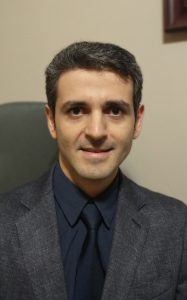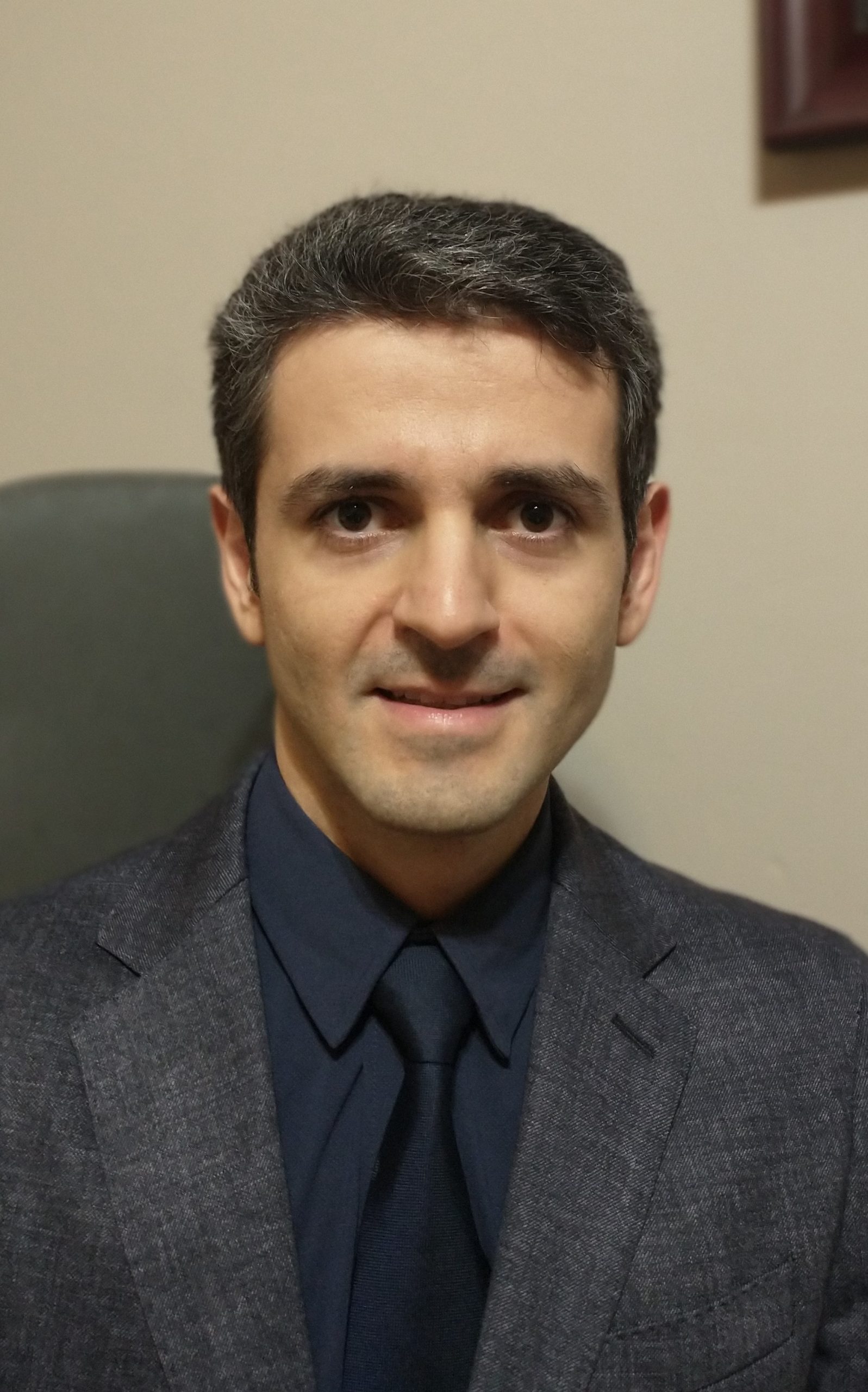
X-ray technology is by now familiar to all—its uses in capturing high-quality images of small components such as bones and teeth are taken for granted these days. A less well-known use of the technology is the detailed analysis of semiconductor chips. ECE researcher Dr. Navid Asadi knows something about X-ray analysis of semiconductors—as director of the SCAN Lab and associate director of the Micro-Electronics Security Training (MEST) Center, he is an expert in using X-ray imaging (along with a whole host of other tools) to determine whether a semiconductor chip is what it is supposed to be.
But, there’s a problem. Current X-ray machines often produce images with significant noise and poor resolution when dealing with intricately shaped parts. A newly-funded NSF project aims to change that. Dr. Asadi recently received $2.6M of funding from the National Science Foundation for “Track 2 Acquisition of a Novel Performance-Driven 3D Imaging System for Extremely Noisy Objects (NPIX).” Asadi and his collaborators, Dr. Mark Tehranipoor (ECE), Dr. Alina Zare (ECE), Dr. Michele Manuel (MSE), and Dr. Reza Forghani (College of Medicine) intend to create an advanced system that addresses these limitations. The NPIX system will be able to capture images of objects with complex geometries while doing so with minimal noise. As Dr. Asadi says,
“NPIX’s primary function is to enable a 6 degree of freedom stage and acquire images with significantly reduced noise, simplifying the task for AI algorithms in automating feature detection. Currently, automating such tasks is simply not feasible due to the excessive noise generated by the current technology.”
The NPIX system has many advantages over conventional techniques. The system would significantly reduce the required training dataset size used to train machine learning algorithms to merely tens or hundreds of images, as opposed to millions, for automated image analysis in various research areas.
The NPIX system is designed to be user-friendly and accessible, ideal for educational and training purposes. The project aims to bring the system to students across the nation as well as to K–12 students and continuing education students. In addition, the sets of x-ray images will be shared via Trust-Hub, an open forum and data repository sponsored by NSF.

